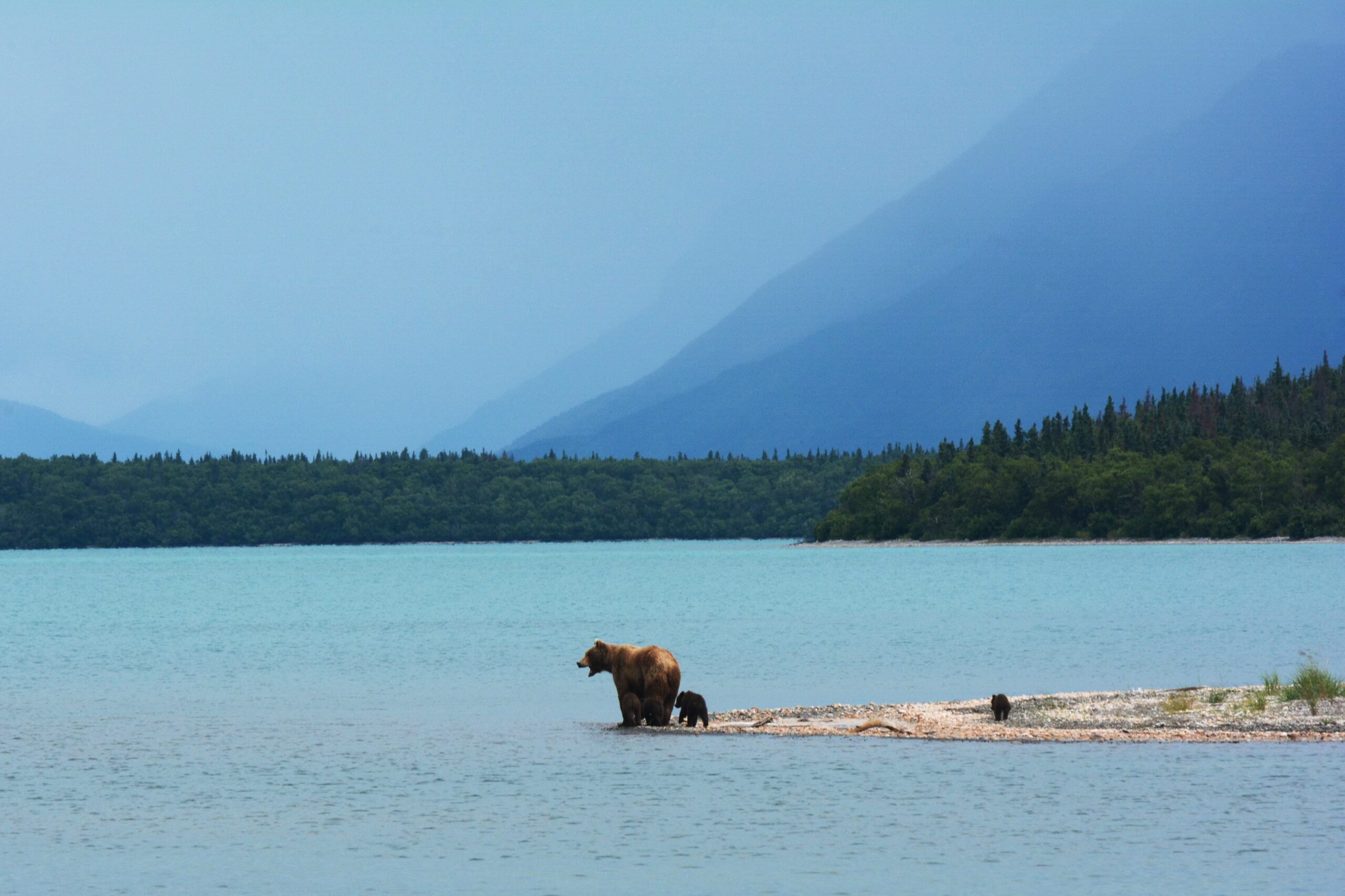
With more than 365 million acres – many covered by national parks and unique sub-zero temperature arctic ecosystems – the state of Alaska has a lot of lands to protect. Recently, the state has taken the lead in innovative ideas for carbon capture and storage. These new efforts combine direct air capture, natural approaches such as improved soil and forest management, and hybrid options such as bioenergy combined with carbon capture. Carbon removal technologies have significant potential to reduce net emissions levels and could accordingly help slow or reverse rapid changes to the climate. Alaska’s vast size means the region is extraordinarily important to the long-term health of North America and the planet.
In just the last few months, numerous new plans are taking shape to protect the Last Frontier. These include the introduction of new blue carbon ecosystems for glacial lands and new Battery Energy Storage Systems (like the one currently in use from Saft) with cold temperature packages that allow the existing hybrid wind-diesel power system to achieve its full potential, providing cleaner, more reliable and less expensive power. The Alaska Center for Energy and Power has redirected its focus on carbon dioxide mitigation and sequestration options as well as introduced strategies to reduce water vapor and other pollutants across the state. Private companies are following suit. Massive forest landowner the Sealaska Corporation also committed to reducing their tree harvests on 165,000 acres in the southeast part of the state for the next century. For Sealaska, like many other corporations, this means the company can keep profits high while moving toward a sustainable business model.
“It allows us to keep healthy forests providing environmental benefits for a hundred years and we don’t have to just forgo operating profit,” said Sealaska CEO Anthony Mallott.
Sealaska is one of many for-profit companies changing how they impact the state’s environment. Through the sale of emissions offset credits, the company is aligning both its business and environmental goals. Some of the credit sale profits are being used to fund scholarships and a native language program.
Alaska Senator Lisa Murkowski is a champion of carbon removal technologies in the United States and her own backyard. She is behind the Create Act, a new bill to establish an executive committee at the National Science and Technology Council to coordinate interagency efforts on carbon removal research and development.
“Just a few years ago, the concept of carbon removal was really focused on planting trees and forest conservation and wasn’t widely seen as a realistic approach that could be dramatically scaled up,” Murkowski said. “It is now becoming clear that technologies are being developed that can permanently remove carbon dioxide from the air and the oceans and that those technologies are worthy of federal investment. As part of a larger strategy, carbon removal can help offset hard-to-abate sectors and could eventually even help reduce atmospheric carbon dioxide levels.”
In Alaska, two primary carbon dioxide capture options are taking the lead. The first is geologic sequestration, where carbon dioxide is stored in depleted oil reservoirs or unmineable coal or rock beds. The other is biologic or “blue” sequestration, where plants such as kelp and algae work to absorb the CO2.
“These so-called blue carbon ecosystems like kelp, seagrass, salt marshes, and mangroves play a critical role in protecting our shorelines from sea level rise and erosion while storing an incredible amount of carbon,” Murkowski continued. “Blue carbon ecosystems can help to address the dramatic impacts Alaska is seeing from climate change, including coastal erosion and ocean acidification. We have an opportunity to combat the physical impacts of climate change and mitigate the amount of carbon in the atmosphere. It’s a true win-win.”
Alaska is setting an exciting sustainable best practices standard to regulate and mitigate fossil fuels. By taking the state’s lead to permanently remove carbon from the air and water, other states and nations can help meet worldwide emissions reduction goals and help all countries benefit from the resulting economic growth and energy safety.





